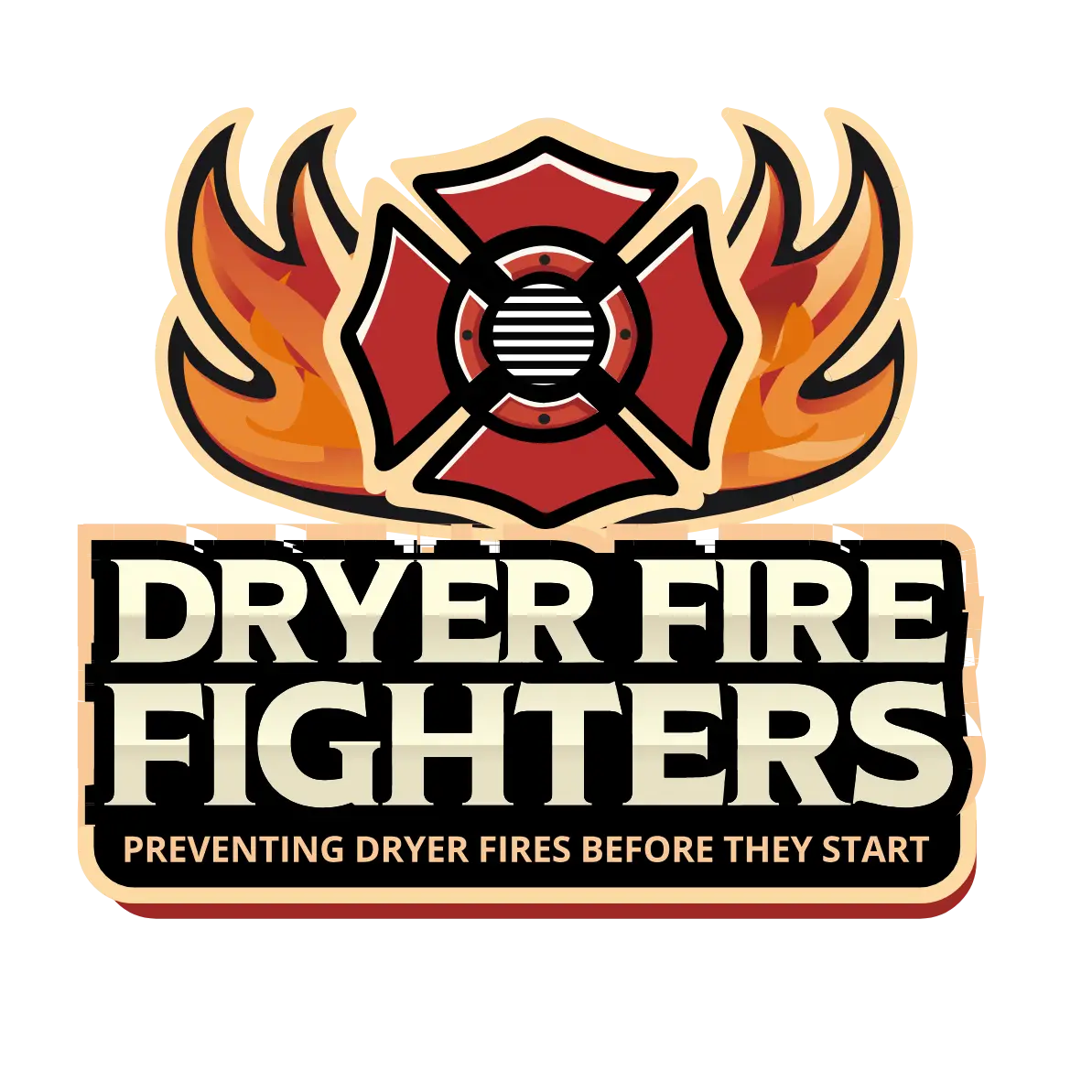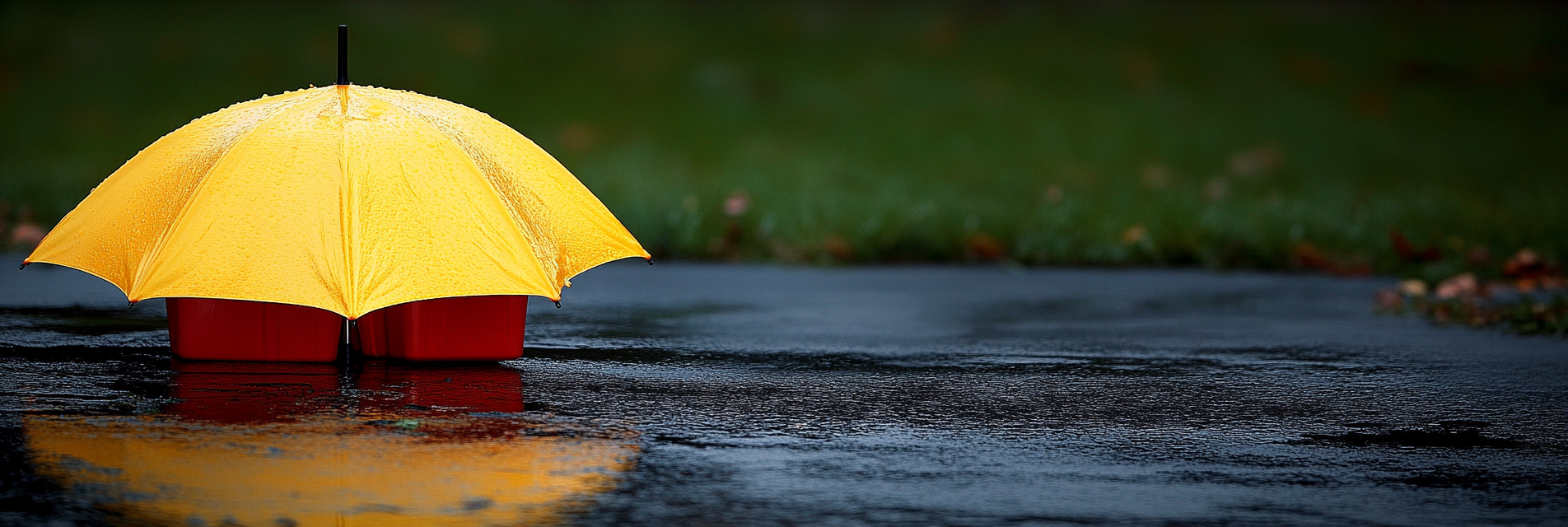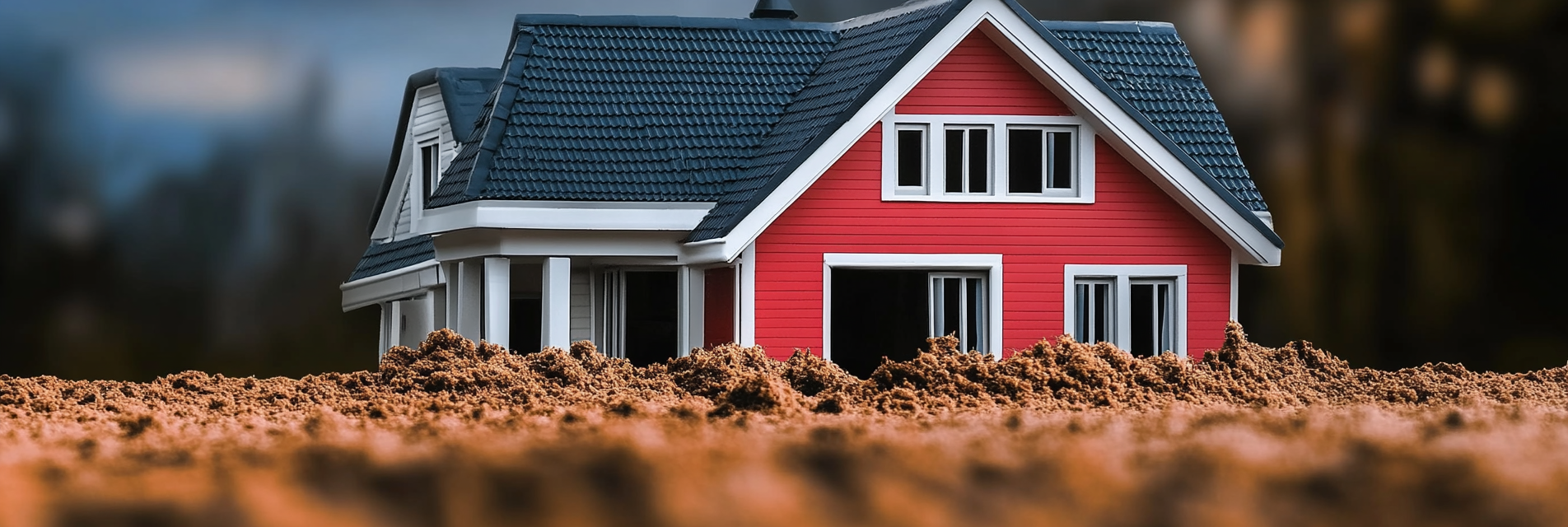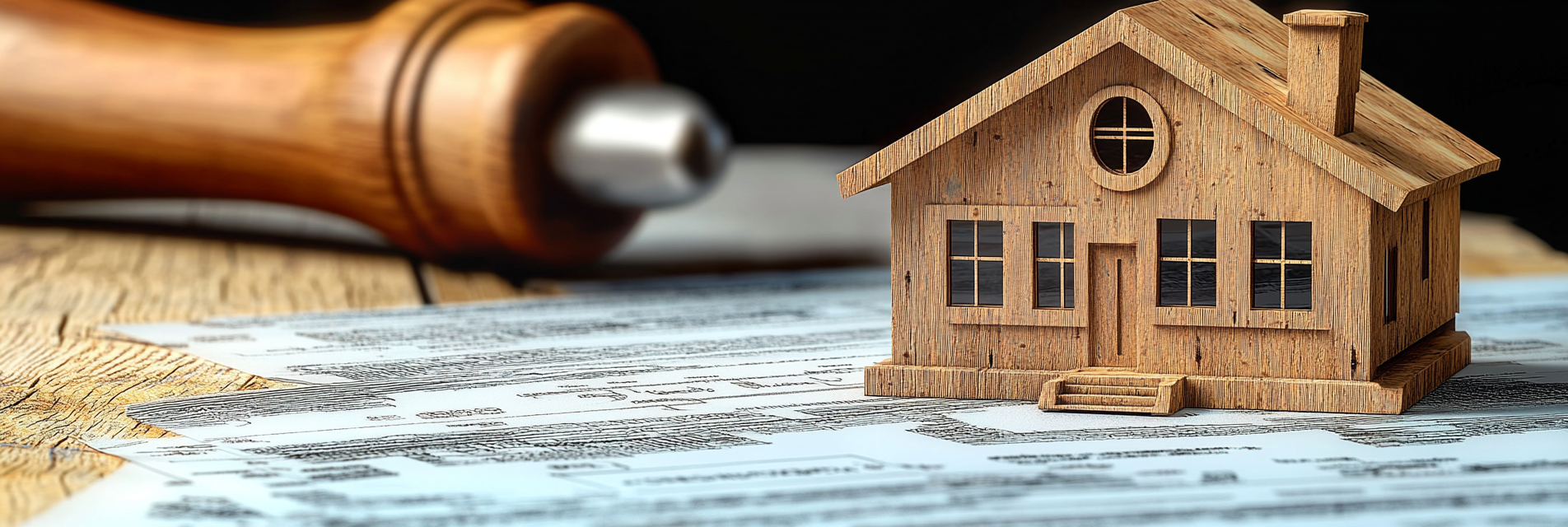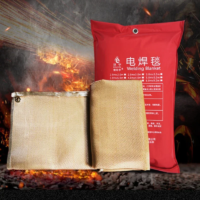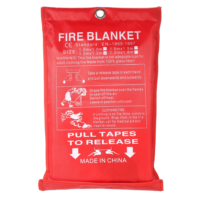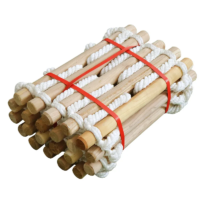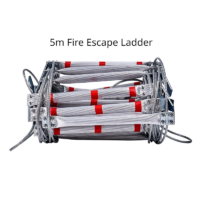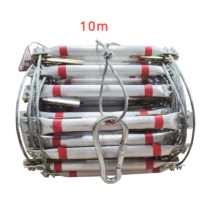Introduction
Reviewing your home insurance policy can be daunting, especially with complex language and varying types of coverage. This checklist is designed to guide you step-by-step through the review process, with practical tips and suggestions on where to find specific information. Working alongside a professional—whether it’s an insurance agent, financial advisor, or local community expert—can make this task much easier and more effective. By reviewing your policy with expert help, you’re not only protecting your home but also strengthening your connections within the community.
1. Verify Coverage Types
- Dwelling Coverage: Check that your policy includes the current cost to rebuild or repair your home in case of a total loss. Construction costs can vary significantly, so consult a local contractor or insurance agent who understands regional pricing.
- Tip: Ask your insurance agent if they can provide an updated estimate of your home’s replacement cost based on local construction data.
- Personal Property Coverage: Make sure your policy covers the replacement cost of essential belongings, like furniture, electronics, and appliances, not just their depreciated value.
- Tip: If your policy lists “Actual Cash Value” instead of “Replacement Cost,” consider adding an endorsement for replacement cost coverage.
- Liability Coverage: Liability coverage protects you financially if someone is injured on your property. An agent can help you determine the right amount based on your net worth and lifestyle.
- Resource: Seek guidance from an insurance professional to calculate a sufficient liability coverage amount.
- Additional Living Expenses (ALE): This part of your policy covers temporary housing and living costs if your home becomes uninhabitable. Ensure that the amount aligns with current rental costs in your area.
- Tip: A real estate agent familiar with local rents can provide insight into temporary housing costs.
2. Check Policy Limits
- Coverage Amounts: Each type of coverage, like dwelling and personal property, has set limits. These should align with the value of your home and belongings.
- Tip: Use online calculators or talk to a local insurance agent to ensure your limits are accurate.
- Inflation Protection: Some policies automatically adjust for inflation, but this isn’t universal. Confirm this detail with your agent and adjust as needed.
- Resource: Ask your insurer if they offer inflation protection and how often the policy limits are updated.
- High-Value Items: Policies may have sub-limits for items like jewelry or collectibles. If you own high-value items, consider getting additional endorsements for full coverage.
- Tip: Get an appraisal from a local jeweler or specialty appraiser to confirm the value of these items.
3. Review Deductibles
- General Deductible: A higher deductible generally reduces premiums but could mean more out-of-pocket costs if you file a claim. Consider your financial capacity to manage this deductible.
- Tip: Speak to an insurance advisor about what deductible works best for your financial situation.
- Disaster-Specific Deductibles: Some policies have separate deductibles for events like hurricanes or earthquakes. Verify these amounts and ask if adjustments would be wise based on your location.
- Resource: Your agent can walk you through specific disaster-related deductibles and recommend options based on local risk factors.
4. Evaluate Available Discounts
- Bundling Discount: Many insurers offer discounts when you bundle home and auto insurance. This can simplify billing and often reduce overall costs.
- Tip: Ask your insurer about bundling options and check with a local insurance agency for competitive quotes if needed.
- Home Safety Discounts: Smoke detectors, burglar alarms, and sprinkler systems can qualify you for discounts. If your policy doesn’t reflect these, inform your agent.
- Tip: If you’re unsure which safety features qualify, check with a local insurance professional to see if they offer a safety inspection.
- Loyalty or Claims-Free Discounts: Long-term customers or those without claims may qualify for discounts. Ask your agent if any such discounts are available to you.
- Resource: Request a discount review from your agent to explore potential savings.
5. Update Contact Information
- Insurance Company Contacts: Verify that you have updated contact information for your agent and the insurer’s claims department.
- Tip: Keep these contacts saved on your phone and make sure family members know how to reach them.
- Personal Emergency Contacts: Keep an updated list of emergency contacts, especially if you may need assistance during a home-related emergency.
- Resource: Consider keeping a physical copy of these contacts in an accessible location.
6. Understand Policy Exclusions
- Natural Disasters: Many policies exclude natural events like floods and earthquakes. If you’re at risk for these, an additional policy might be necessary.
- Tip: Ask your agent to review your policy’s exclusions with you, or consult a local emergency preparedness expert.
- Wear and Tear: Insurance generally doesn’t cover issues due to regular wear and tear. Regular maintenance can prevent claim denials.
- Resource: Schedule regular home inspections with a trusted contractor or maintenance provider to keep up with upkeep.
7. Consider Policy Add-Ons or Riders
- Flood Insurance: If you’re in a flood-prone area, flood insurance through the National Flood Insurance Program (NFIP) or a private insurer is essential.
- Tip: Talk to an insurance agent about whether flood insurance makes sense for your property.
- Earthquake Insurance: Earthquake coverage is often separate from standard policies. Check local geological risk to see if it’s needed.
- Resource: Consult a local agent who understands regional risks to see if earthquake insurance is a smart addition.
- Replacement Cost vs. Actual Cash Value: Replacement cost policies cover the full value of replacements without factoring in depreciation. Actual cash value policies consider depreciation, which can significantly lower payouts.
- Tip: Work with an insurance advisor to understand the difference and determine which is better for your needs.
8. Review Claims Process and Requirements
- Claims Filing Procedure: Understand the step-by-step claims process, including what documentation you’ll need to support your claim.
- Tip: Ask your agent to explain the process or request a written guide for future reference.
- Documentation Preparation: A home inventory with receipts, photos, and appraisals is crucial in substantiating claims.
- Resource: Check if your insurance provider offers an app or tool for creating a digital home inventory.
9. Update Your Policy After Major Life Changes
- Home Renovations: Major upgrades like kitchen remodels or additions can increase your home’s value. Be sure to report these to your insurer.
- Tip: Get in touch with your agent after any renovation to make sure your policy reflects the updated value.
- Lifestyle Changes: Events like starting a home business, acquiring valuables, or adding family members may affect your coverage needs.
- Resource: Reach out to your insurer to ensure any life changes are documented and that you have adequate coverage.
10. Set a Regular Review Schedule
- Annual Review: Schedule an annual policy review to keep up with inflation, market trends, and life changes.
- Tip: Many local insurance agents offer complimentary annual reviews. Reach out to see if this service is available.
- Post-Claim Review: If you’ve recently filed a claim, review your policy to understand any premium changes and consider adjustments to your coverage.
- Resource: Contact your agent after any claims to understand how your policy might be affected and discuss options to keep premiums manageable.
Serving the communities of:
Kennewick | Pasco | Richland | West Richland | Finley | Burbank | Benton City | Prosser | Grandview | Connell
As the sole certified dryer exhaust technician recognized by CSIA.org in the Tri-Cities area, Paul brings a wealth of expertise to fire prevention. His primary focus lies in addressing the root cause of many residential fires: lint buildup in dryer cavities and vents. Through rigorous inspections and thorough cleanings, Paul ensures that families and businesses can enjoy peace of mind, knowing their properties are safeguarded against fire risks.
